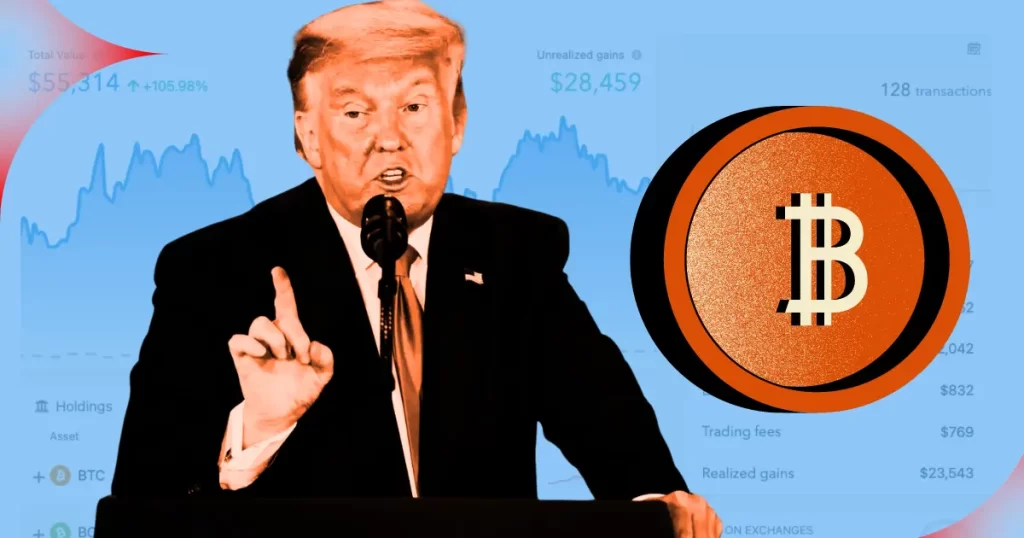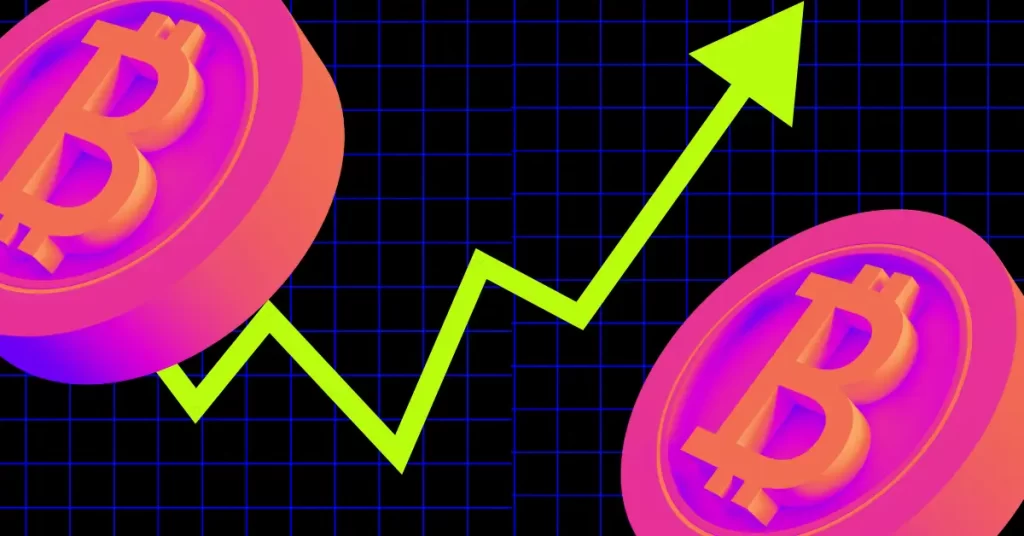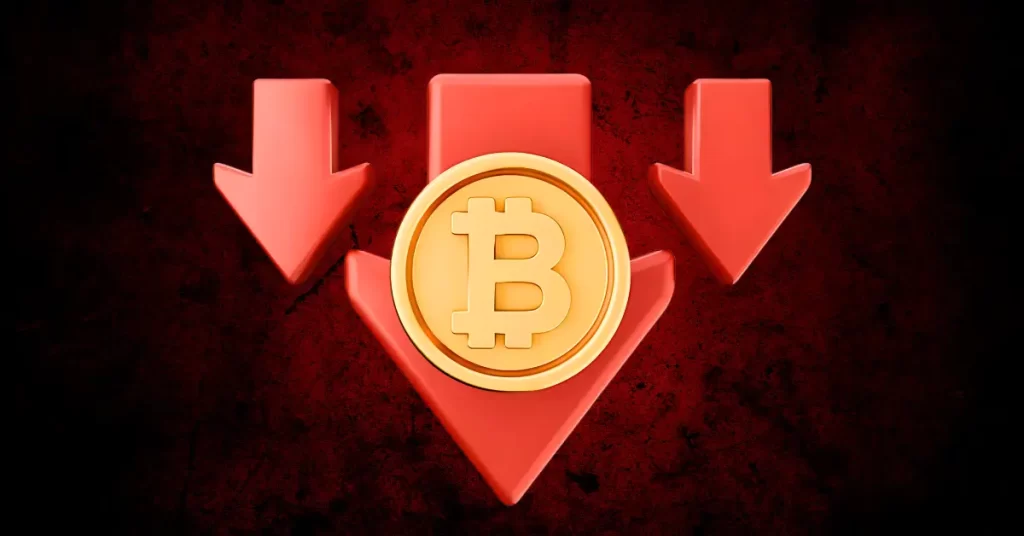Summary After a one-year upside of 275%, the Grayscale Bitcoin Trust ETF (GBTC) seems to be taking a breather and lost around 8% during the last month. The demand-supply equation behaving irrationally, the mining hash rate seemingly having reached a top and the possibility of investors diversifying away from Bitcoin all constitute risks. Therefore, it is not the right time to invest since volatility may continue as the Bitcoin ecosystem adjusts to the realities of the fourth halving. On the other hand, the drop in miners' output following halving tends to show that the Bitcoin system has delivered on the scarcity mandate. As such, it is better to wait for a better margin of safety and be on the watch-out for miners' performance to obtain an indication of whether things have stabilized. This is my first thesis on Bitcoin USD ( BTC-USD ) since the halving event which occurred on April 20, as marked in blue in the chart below and the price seems to be moving sideways. www.seekingalpha.com As one of the first securities to be passively invested in the cryptocurrency, the Grayscale Bitcoin Trust ((BTC)) ETF ( GBTC ) also seems to be taking a breather after seeing its price soar by about 275% or even more than Bitcoin's 113% upside itself. While the halving itself illustrates the Bitcoin network's resilience as I elaborate later, this thesis aims to show that volatility should reign in the short term. The main supporting arguments are BTC's appreciation in the pre-halving period being something abnormal based on historical data and also because of the adjustment period in mining activities, which impacts Bitcoin's supply and ecosystem. Demand Supply Equation Seems to Behaving Irrationally First, one of the reasons for the upbeat crypto demand seen over the last six months follows the Security and Exchange Commission's approval of spot Bitcoin ETFs on January 10. Since the market tends to be forward-looking, news about a potential approval had already induced upward momentum in the price as from October last year as shown in the above chart. Thus, from 40K , the value of one coin reached $73K in March this year which is about the same as the November 2021 peak. This created windfall gains for the miners who play a crucial role in the ecosystem as the producers of the cryptocurrency since each issuance could fetch a higher market price. Every time they add a block to the blockchain they are paid 3.125 BTC, but tellingly, this figure was 6.25 BTC before the halving which means that depending on the quantity of coins produced, their revenues can potentially be reduced by half. As a result, there has been a drastic fall in the number of coins produced, with daily issuance falling from 975 on April 15 to 462.5 on April 21, or one day after the halving. This means that the supply has dropped considerably while the price has not reached the moon as some had anticipated despite the drastic reduction in supply (issuance). Nonetheless, demand has not evaporated since the price remains above $60K. As to the reason for it not being higher, I look at historical data. For this purpose, halving happens every four years with the price action before and the peak achieved after each event shown in the table below. Table prepared using data from (www.seekingalpha.com) Focusing on the latest or the fourth such event, what differentiates it from previous ones is the price at the time of halving. At around $64K, this is slightly lower than the peak of $67K reached in 2021 which is in sharp contrast to the two previous events, when the price at halving was much lower. This is further illustrated by the ratio of halving to peak price, which from 0.57 in 2017, and reached 0.95 during the last one. This is a big difference, possibly due to the advent of spot ETFs less than four months before halving, which may also indicate risks going ahead, and, for this purpose, understanding miners' activity is useful. Miners' Activity, Hash Rate, and Risks For Bitcoin which uses Proof-of-Work to validate transactions on the blockchain, in addition to producing coins, miners also secure the network and keep it operational. As such, they are not only the first to broadcast new blocks, but they also play a key role in the verification process and contribute to the impenetrability of the network, which, by the way, has continuously been operational since 2009 with no coin ever stolen. Now, as mining rewards are cut in half, some miners will become unprofitable in case the price of Bitcoin continues to depreciate since their cost of production increases. In this respect, given the interest rate of 5.5% , the cost of capital remains relatively high compared to past halving events. Moreover, stubbornly elevated inflation, which increased to 3.5% in March also contributes to higher expenses. Looking across the industry, miners have adopted different approaches to address the halving problem as I elaborated in a previous thesis , and while some of them have HODLed crypto, others have migrated to countries with lower energy costs. Thus, it is unlikely for all of them to unilaterally shut down their mining machines resulting in no more blocks being produced, something not good for the crypto. Nonetheless, some will likely become unprofitable as in addition to rewards being divided by two, mining difficulty which normally increases after every 2016 blocks are added to the blockchain, increased just after the latest halving. To get an idea of overall mining activity, one can consult the hash rate which is the total computational power of all the participating mining nodes in the network. As charted below, after increasing since October last year, the hash rate appears to be rising at a less rapid pace. Data by YCharts The risk here is that in case the chart slopes downwards, this could indicate a decline in hash rate, a phenomenon called miner capitulation which, according to some industry participants could act as a precursor for Bitcoin decline. Another risk is the possibility of some investors switching to alternative coins or altcoins like Ethereum USD ( ETH-USD ) which could have been the case sometime after the 2020 halving. However, at that time, the digital asset's dominance had peaked at 73% , but it is only 52.7% this time signifying that crypto wallets are not overly concentrated in Bitcoin . Moreover, as per my verification on CoinMarketCap , altcoins Ethereum USD ((ETH-USD)), Solana USD (SOL-USD), Polkadot (DOT-USD), or ChainLink USD (LINK-USD) have not gained market cap which would have indicated investors diversifying away from Bitcoin. However, this could change but up to now, investors do not appear to have dumped their Bitcoin holdings, but volatility should continue, namely because of monetary policy. GBTC Could drop Further But Halving Shows Bitcoin's Ecosystem is Working In this respect, 2021 also saw the launch of the first Bitcoin futures-linked ETF in the United States called the ProShares Bitcoin Strategy ETF ( BITO ), but this did not prevent distress in the crypto world, and, Bitcoin fell below $17K in November 2022 following the Federal Reserve hiking interest rates at an aggressive pace only seen since the Paul Volcker era. Also, volatility was caused by the crypto exchange FTX collapsing. Now, given that rates are likely to stay higher for longer because of persistently high consumer prices, there is limited chance for any sustained upside till the Fed does not pivot. On the contrary, Bitcoin could suffer as miners have to continuously upgrade their equipment to the latest generation, and those who do not have enough coin reserves in their treasuries, rely on debt financing. Some may even have to liquidate reserves, boosting supply in the short term. In the ensuing volatility, GBTC could revisit the $40 level, which is the price at the start of this year as shown in the chart below. This roughly 30% correction is not far from the 33% slide in Bitcoin price predicted by analysts at JPMorgan Chase & Co. ( JPM ) based on the digital asset dropping to $42K compared to its present value of $62.5K. Data by YCharts Now, depending on the way Bitcoin's hash rate progresses this dip could constitute an investment opportunity. To this end, the halving event has once again worked in terms of reducing Bitcoin output, proving that Bitcoin's preprogrammed algorithm to reduce its supply has been working. For investors, the cryptocurrency was designed as an alternative to fiat currency whose value is impacted both by inflation and the quantity of notes printed by their country's respective central banks. Thus, unlike traditional currencies which can be printed at will, crypto comes with a restricted supply which leads to the concept of scarcity meaning that if demand increases, Bitcoin's value will go up, making the asset class a hedge against inflation. At the same time, halving has occurred automatically and as predicted, despite the absence of a central authority to control its production, thereby validating the resiliency of Bitcoin's decentralized operations. However, adding some caution, since Bitcoin is mostly speculative and can be used to finance illicit activity like ransomware, the asset class is no safe haven. The Grayscale Differentiator Consequently, for those who are prepared to take the volatility risks, GBTC appears best positioned given it was launched in September 2013 and has already been through three halvings. Thus, for those who want to invest without setting up a wallet (or an account) or on a crypto exchange, it also boasts one of the longest operational histories as pictured below. etfs.grayscale.com Furthermore, despite charging higher fees of 1.5% it has been performing better than both BITO in the last three months while matching the performance of the iShares Bitcoin Trust ETF` ( IBIT ) which charges only 0.12% and is one of the most invested recently incepted spot ETFs. Comparison GBTC, BITO and IBIT (seekingalpha.com) In conclusion, this thesis has shown that after the halving, volatility should persist. However, it is unlikely for doomsday to knock out Bitcoin, but this will be more of a period of adjustments to the ecosystem. These will ultimately depend on miners' financial performance, and factors such as location, energy source, and equipment efficiency, without forgetting size. Consequently, for those interested in investing or averaging down, it is better to be patient and wait for a dip. Finally, my bearish outlook is supported by momentum indicators, or the price being lower than the 10-day and 50-day SMAs.














